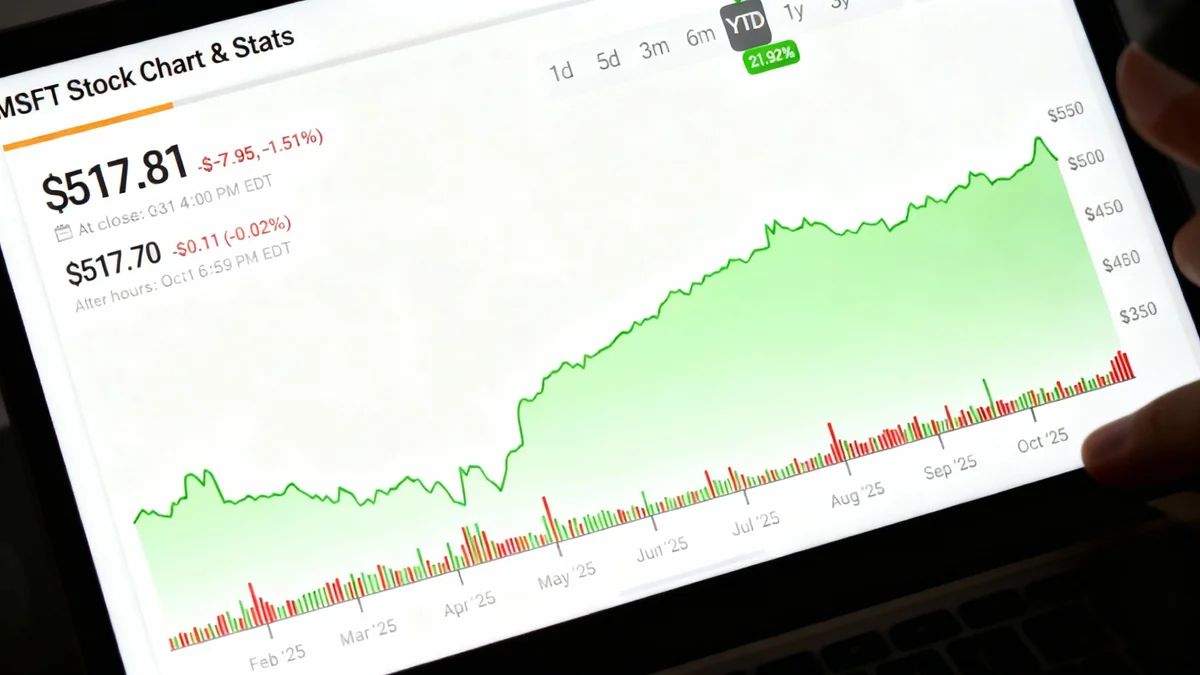The modern job market has become a high-volume numbers game, leaving both applicants and hiring managers struggling to keep up. Talent acquisition experts report an unprecedented surge in job applications, fueled by new technologies and a competitive landscape, which is fundamentally changing the rules of hiring.
According to data from professional networking platform LinkedIn, the number of applications submitted has increased by more than 45% in the last year alone. This translates to nearly 9,500 applications being sent every minute, creating a significant challenge for companies trying to find the right candidates.
Key Takeaways
- Job applications on platforms like LinkedIn have surged by over 45% in the past year, overwhelming recruiters.
- Popular job postings can receive hundreds of applications within the first 24-48 hours, with very few being a perfect match.
- AI-powered application tools are contributing to the volume, often submitting applications for unsuitable roles.
- Experts advise job seekers to focus on quality over quantity, tailoring resumes and building professional networks to stand out.
The Scale of the Application Flood
Hiring professionals describe the current situation as trying to drink from a fire hose. A single job posting can now attract between 150 to 200 applications within the first 24 hours. For highly sought-after roles, that number can swell to between 300 and 500 within just three days.
Nicole Kaiser, a technical and executive head hunter, noted that some positions accumulate more than 1,000 applications over a single weekend. This sheer volume has slowed the hiring process significantly, creating backlogs for recruitment teams.
The time investment required to sift through this mountain of resumes is substantial. According to a recent LinkedIn survey, more than one-fifth of human resources professionals in the United States report spending three to five hours every single day just reviewing applications.
By the Numbers
- 9,500: Approximate number of job applications submitted every minute on LinkedIn.
- 45%: The increase in application submissions on the platform over the past year.
- 30-120 seconds: The average time a recruiter spends looking at a single resume.
- 70%: The percentage of hirers who say less than half of the applications they receive meet all the job criteria.
Quality Suffers as Quantity Explodes
Despite the flood of applicants, finding the right person for the job has not become easier. In fact, many recruiters argue it has become more difficult. A staggering 70% of hirers state that less than half of the applications they review actually meet all the necessary criteria for the role.
Talent acquisition expert Kevin Dabulis, who has over 30 years of experience in the field, observed that out of hundreds of applications, typically “less than 5” are genuinely well-suited for the position. This disconnect wastes time for both sides of the hiring equation.
The Role of AI in Application Volume
A significant driver of this trend is the rise of AI-powered auto-apply tools. These services allow job seekers to send out hundreds of applications with minimal effort. Kaiser estimates she has seen a 25% increase in applications submitted with AI in recent months.
While seemingly efficient, these tools often create more problems than they solve.
“We’re having the wrong people apply en masse to the wrong roles because of AI,” Kaiser explained. She pointed out that AI tools can misrepresent or exaggerate a candidate's experience, leading to a higher volume of irrelevant applications.
Interestingly, while many applicants worry about their resumes being filtered out by Applicant Tracking Systems (ATS), Kaiser suggests this fear may be overstated. “Most companies are not using ATS at the scale and size that people think they are,” she said, noting that manual review by human recruiters remains a critical part of the process at many firms.
A Shifting Strategy for Job Seekers
The overwhelming volume has forced companies to adapt. Many now leave job postings open for only a few days to manage the influx. “If you didn’t get in in the first two days, you’re not going to get in at all,” Kaiser stated, highlighting the new urgency for applicants.
This reality is felt keenly by job seekers. A LinkedIn survey found that 38% of U.S. job hunters are applying to more positions than ever but are hearing back less frequently.
Kevin Dabulis recently experienced this from the candidate's perspective after being laid off. He initially used LinkedIn’s Easy Apply feature to submit over 700 applications, an approach he now calls “a waste of time.”
“When you spread yourself out there so thin, you’re just a whisper in the wind,” Dabulis reflected.
He found much greater success when he shifted his strategy. Instead of mass applications, he focused on building his personal brand, networking directly with recruiters, and targeting specific companies he wanted to work for.
The Case for a Targeted Approach
Experts agree that in the current climate, a tailored application is more powerful than ever. This involves carefully reading the job description, customizing your resume to highlight relevant skills and experience, and writing a concise cover letter. While it takes more time, this method significantly increases the chances of getting noticed by a recruiter who is scanning hundreds of generic resumes.
How to Stand Out in a Crowded Field
So, what can applicants do to break through the noise? According to the experts on the front lines, the answer is a return to basics, enhanced by strategic networking.
Kaiser believes that personal connections and referrals are becoming increasingly vital. “Referrals are going to be the way of the future,” she predicted. A recommendation from a current employee can immediately elevate an application above the hundreds of others in the digital pile.
However, she also emphasized the enduring importance of a well-crafted resume. Her number one piece of advice is to submit a clear, concise document that explicitly demonstrates how your skills align with the requirements of the job description.
In her view, a thoughtful, human-touched application will always outperform an AI-generated one.
“Put an AI resume, an AI-submitted anything up against somebody who spent their time trying to figure out how to make their resume match the job description, and more than likely that person’s going to get the phone call,” Kaiser concluded.
While acknowledging the immense pressure on today's job seekers, she encourages a move away from the high-volume, low-effort approach and a return to purposeful, targeted job searching. In a market defined by overwhelming numbers, quality and connection have become the most valuable currencies.





